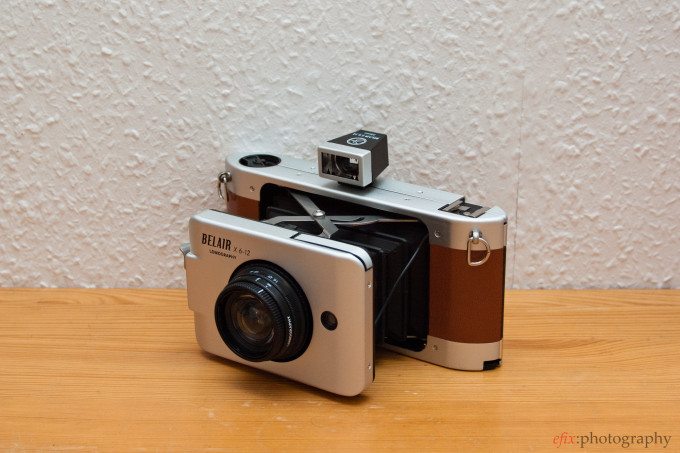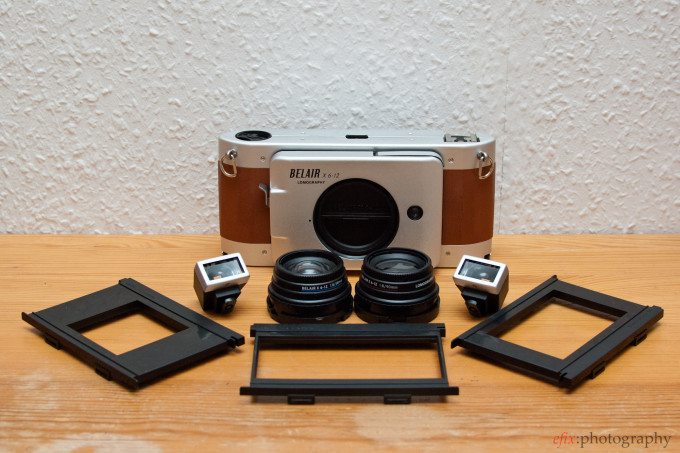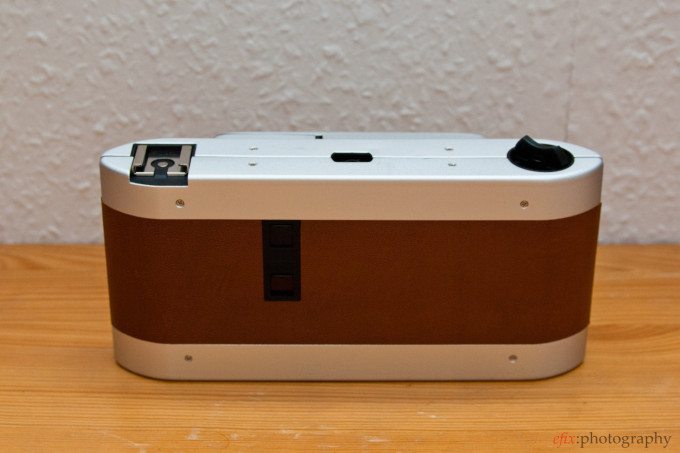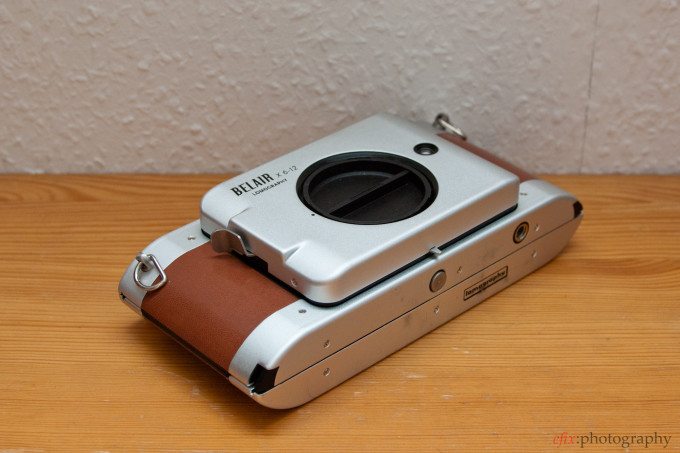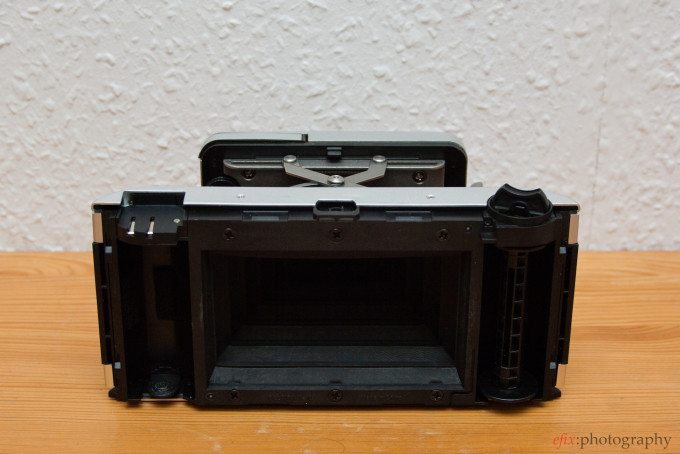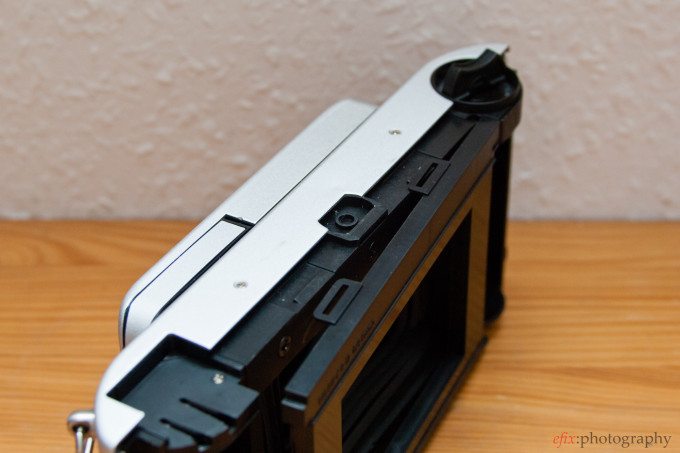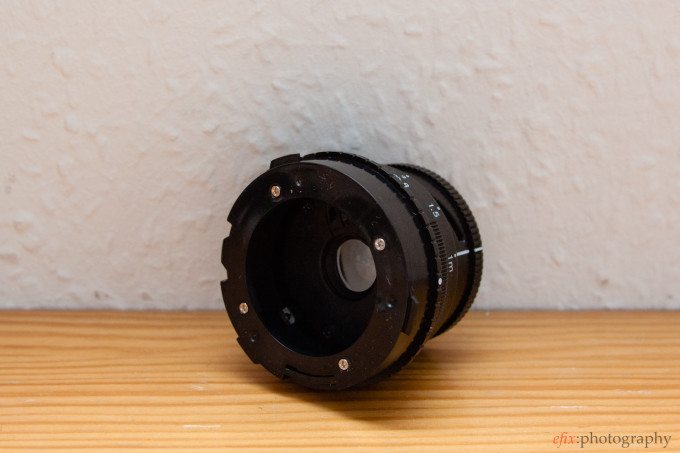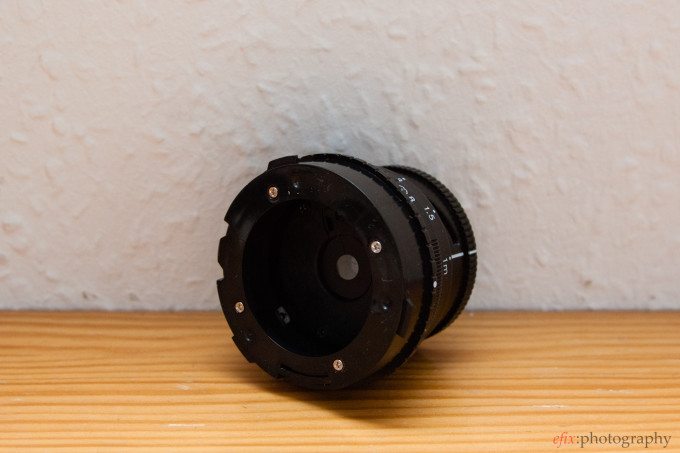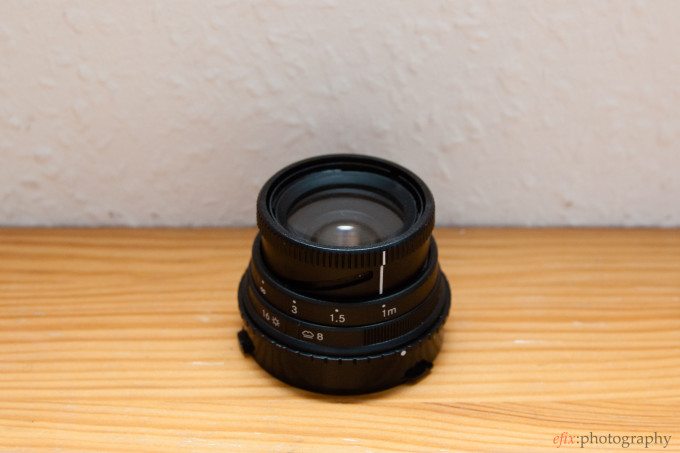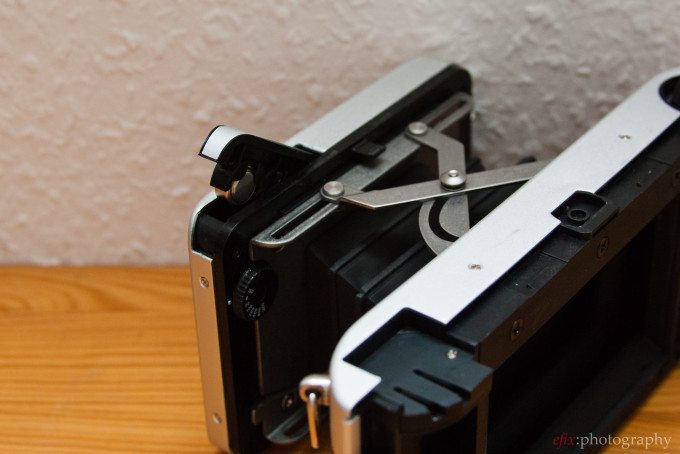When Lomography announced the Belair X 6-12, the analog world was abuzz. Being known for lo-tech products such as the LC-A and Diana, no one was expecting such an elaborate piece of technology from the company that is one of the last strongholds of analog photography. Yet, Lomography came up with a 6×12 panoramic medium format folder that not only features interchangeable lenses, but also an electronic meter with auto exposure and interchangeable masks for 6×6, 6×9 and 6×12 format. We had the chance to try out this unique camera.
Also view our first look of the Belair X 6-12, which features the all-black City Slicker edition. Some further technical details as well as background info on the conception of the camera are explained here.
Pros & Cons
Pros
- Folding mechanism makes it quite compact for a 6×12 panoramic medium format camera
- Interchangeable lenses
- Interchangeable film chamber masks for 6×6, 6×9 and 6×12 formats, and most recently also 35mm
Cons
- Kit lenses are made from plastic
- Auto exposure only, though corrections can be made via the ISO dial
- Mixed bag in terms of build quality, and a little flimsy, but still above Lomo average
Gear Used
For this review, we used the Lomography Belair X 6-12 Jetsetter Edition with the 58mm and 90mm kit lenses (big thanks to the Lomography Store Berlin for providing the review unit). The product pictures were taken with a Panasonic G1 Micro Four Thirds camera, the SLR Magic 35mm T1.4 lens, a Rokinon D900AFZ TTL flash and an Impact SF-DSXN40 mini slave flash.
Tech Specs
The following tech specs are taken from B&H Photo’s product page.
| Belair X 6-12 | |
|---|---|
| Camera Type | Folding medium format film camera |
| Image Area | 6 x 12: 4.1 x 2″ / 104 x 52 mm 6 x 9: 3.1 x 2′ / 78 x 52 mm 6 x 6: 2 x 2″ / 52 x 52 mm |
| Film Type | 120 roll film |
| Lens Mount | 3 Bayonet type |
| Auto Exposure | Aperture priority mode |
| Exposure Range | EV 4-15 |
| Shutter Speed Range | 1/125 sec. and bulb |
| Film Sensitivity | Supports ISO 50, 100, 200, 400, 800, 1600 |
| External Flash Connection | X-type sync hot shoe |
| Tripod Socket | 1/4″ socket |
| Power Supply | 2x LR44 1.5V batteries |
| Dimensions | Not specified by manufacturer |
| Weight | 1.1 lb / 500 g (without batteries or film) |
| 90mm kit lens | |
|---|---|
| Focal Length | 90 mm |
| 35mm Equivalent Focal Length | 6 x 12: 32 mm 6 x 9: 40 mm 6 x 6: 52 mm |
| Aperture Range | f/8-16 |
| Angle of View | 65° (6 x 12) |
| Focusing | Manual zone focusing: 3.3′ / 1 m, 4.9′ / 1.5 m, 9.8′ / 3 m, and infinity |
| Dimensions | Not specified by manufacturer |
| Weight | Not specified by manufacturer |
| 58mm kit lens | |
|---|---|
| Focal Length | 58 mm |
| 35mm Equivalent Focal Length | 6 x 12: 21 mm 6 x 9: 26 mm 6 x 6: 35 mm |
| Aperture Range | f/8-16 |
| Angle of View | 90° (6 x 12) |
| Focusing | Manual zone focusing: 3.3′ / 1 m, 4.9′ / 1.5 m, 9.8′ / 3 m, and infinity |
| Dimensions | Not specified by manufacturer |
| Weight | Not specified by manufacturer |
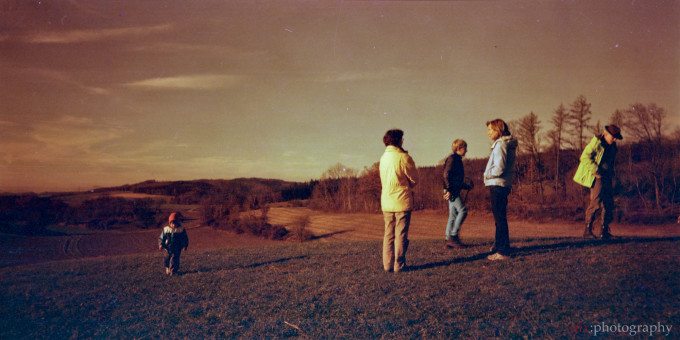
Ergonomics
Thanks to its folding mechanism, the Belair’s body is very flat. The angled sides make it very comfortable to hold with either one or both hands. Despite the Belair being able to take 6×12 panoramic exposures, its size is just right even for smaller hands, and it never feels bulky. Each knob, lever and dial is always within comfortable reach.
On the top of the Belair, there’s a flash hot shoe (which is especially convenient when taking pictures indoors), the mount for the external viewfinder and the film winding knob. On the back, there are two red-tinted windows showing the frame index for 6×6 and 6×12 format as well as 6×9 format.
On the front of the camera, there’s the lens mount (pictured here with protective cover) and the light meter cell. At the side of the extending front part is the shutter release. The Belair uses a self-cocking leaf shutter with electronically controlled speeds, so there is no need to re-cock it after making an exposure. Also, since there is no connection between the shutter and the fim advance, the Belair makes it easy to take multiple exposures.
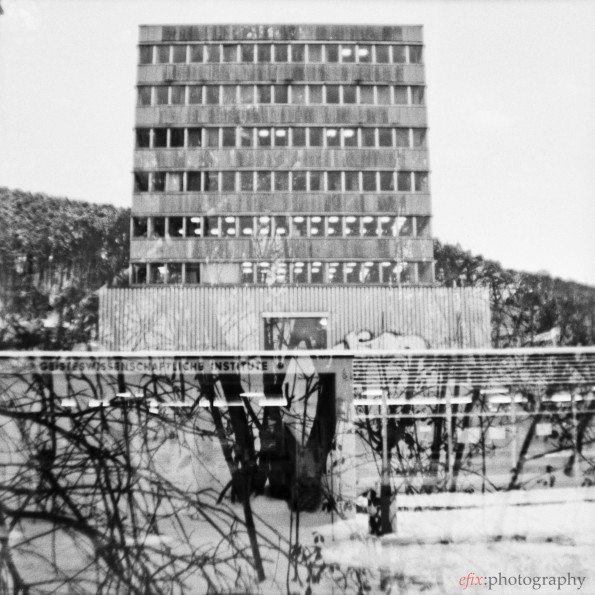
At the top sides of the main body are two strap lugs each, and at the bottom sides are the release levers for the back. At the very center of the camera’s botton is the release knob for the folding mechanism and a tripod mount.
The external viewfinders are mounted atop the camera on a proprietary mount. They’re easy to attach and detach. The finders show an approximation of the respective lens’ field-of-view, together with indicators for 6×6, 6×9 and 6×12 format.
Inside, there’s the film chamber which takes the masking inserts, as well as the film spool.
The masking inserts snap into place with an audible ‘click’. They sit very tight and are a bit of a hassle to get loose–more than once I almost broke a finger nail.
The Belair’s lenses also come in a proprietary mount. They feature two apertures: f8 and f16. By changing the aperture, a small lever inside a mount communicates the aperture setting to the exposure meter, hence only two aperture positions.
In the above picture, the aperture is stopped down to f16. The lenses are made from plastic and a pretty straightforward in operation: the rear ring operates the aperture, while the front ring sets the focusing distance according to distance marks on the lens barrel.
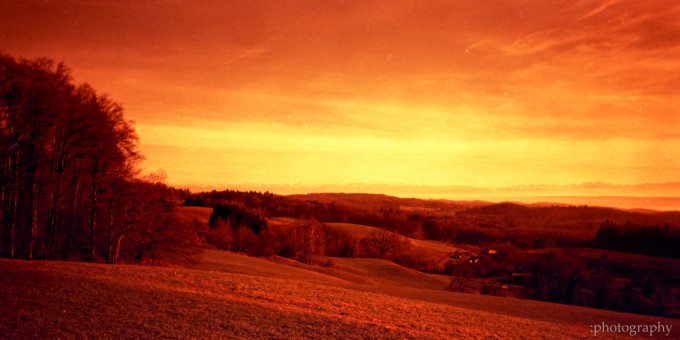
Build Quality
All in all, the Belair is pretty soldily built, although some parts are a bit flimsy. The main body is made from solid metal, with the inside being made from plastic. The folding mechanism is made from metal as well, with the bellows being made from a rubber-like material. The lenses, as mentioned, are made almost completely from plastic.
In hand, the Belair feels very sturdy and solid. The film winding knob and the shutter release offer enough resistance not to be accidentally operated. The folding mechanism opens and closes with substantial force. However, on my review unit, it seemed that it would not always properly lock into place when closed. This could eventually become a problem especially when the camera sees heavy use–not being able to close the folding mechanism means the camera is much more bulky, and the bellows are at risk of getting damaged.
As for the lenses, the very thin sheets that the apertures are made of are located behind the rear optical element inside the mount, and can easily be damaged when not properly protected. These as well made the impression of being prone to failiure under heavy use, especially considering that the plastic material the lenses are made of may wear off pretty quickly.
Apart from these issues though, the Belair makes a very solid impression and seem to be rather well made.
Focusing
The lenses are entirely manual focus, and besides distance marks on the lens barrel, there’s no further focusing aid. Which means you have to rely entire on your judgement of the subject’s distance when focusing. More than once, I ended up with blurred pictures due to misfocus. With a little practice though, you’ll quickly get a hang of it. But you’ll probably waste a couple of rolls of film in the process.
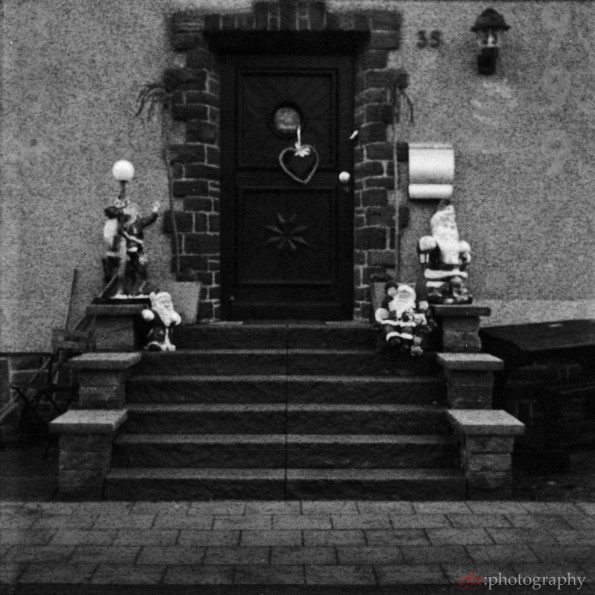
Ease of Use
The Belair is one of the most straightforward cameras I’ve ever used. Pretty much everything is self-explanatory. The only time I had to look at the manual was when I tried to figure out how to close the folding mechanism … However, easy to use doesn’t equal easy to get great pictures. In this case, it’s quite the contrary. The Belair is quite tough to master, since it leaves many equations open and demands some skill, practice and experience from its user.
Metering
Well, the Belair has got a meter. That’s pretty much it. It’s not a very elaborate one at that, and it will easily be fooled by ambient light. Again, it will take some time to get the hang of it. You can use the ISO dial inside the folding part to fool the meter into over- or underexposing, which has settings for 50, 100, 200, 400, 800 and 1600 ISO as well as bulb exposure. The meter is powered by two easily-replaceable button cells.
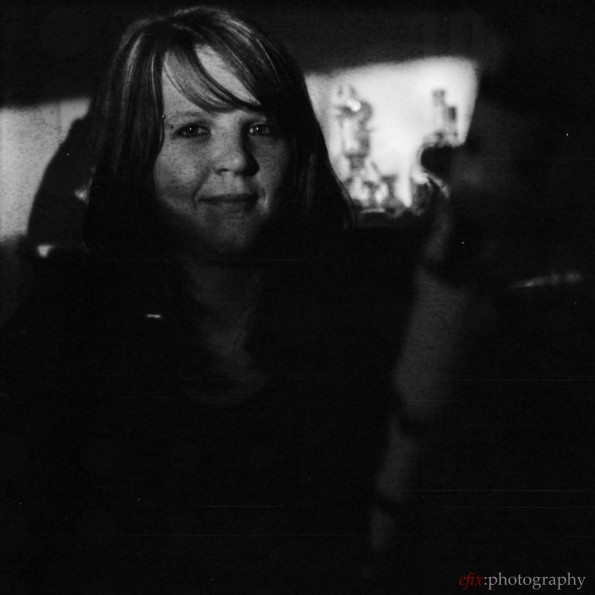
Image Quality
This is definitely a mixed bag. With the lenses being made from plastic, there’s not much to expect. Still, they seem to render pretty sharply at least at the center of the image. Especially in 6×12 and with the 58mm lens though, the corners suffer from extreme blur. This must not necessarily put you off, though, since it can be used artistically.
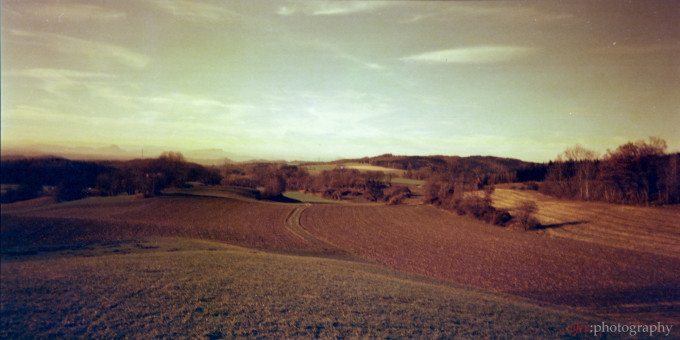
The biggest problem with the Belair though is the amount of things that you can do wrong–which I experienced first-hand. There’s no indication of shutter speed, no indication of proper focus, and framing is more of a guessing game. Also, as with any analog camera, you won’t know how your pictures turned out until after you got the film developed.
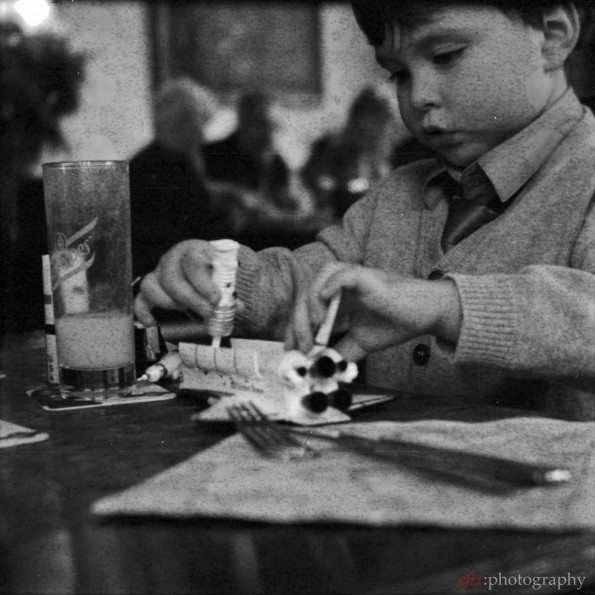
As mentioned before, you’ll need some practice with the Belair to be able to judge how it reacts on various and varying lighting situations, how to use the ISO dial for exposure correction and how to use each lens’ strenghts and weaknesses. In the short time I had the Belair for review, this was not possible, so I ended up with many over- or underexposed pictures, badly framed images or blurred shots due to misfocus.
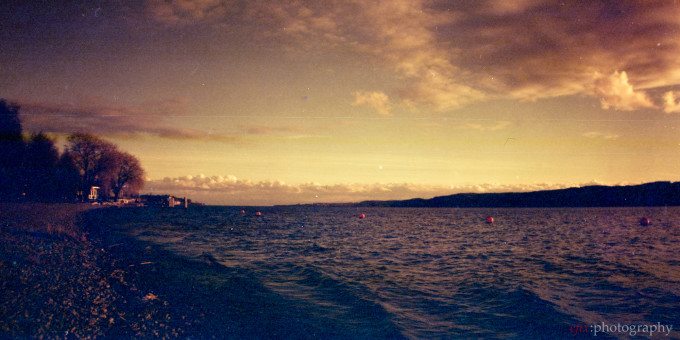
I believe though that with a bit of practice, once you’ve taken the learning curve, the Belair can be used to create great pictures since it has a lot of potential.
Conclusion
I wanted to love this camera, I truly did because it’s so nicely made, nice-looking and offers so many possibilities–at least on paper. But I was let down by a combination of lack of experience, bad processing on the part of the (multiple) labs as well as too little time to really get to know it until I had to send it back. The experience of handling the Belair is unique, and I enjoyed shooting with it very much. However, the results didn’t really resonate with me. The pictures that turned out well look decent, and I am sure that much better results can be achieved with this camera. But in my case, I wasn’t really satisfied with the outcome.
However, should I have the opportunity to use the Belair again, I now know what to look out for when using it. All in all, the Belair is a very promising piece of gear, but it needs practice and some basic knowledge of photographic technique, such as judging light intensity and its correlation to exposure time and film speed, as well as the ability to judge the distance of your subject. When you master these things though, the Belair offers great potential for serious photography.
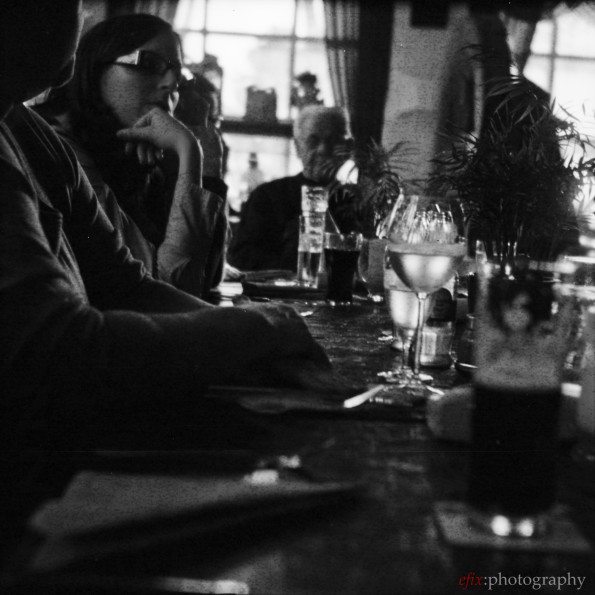
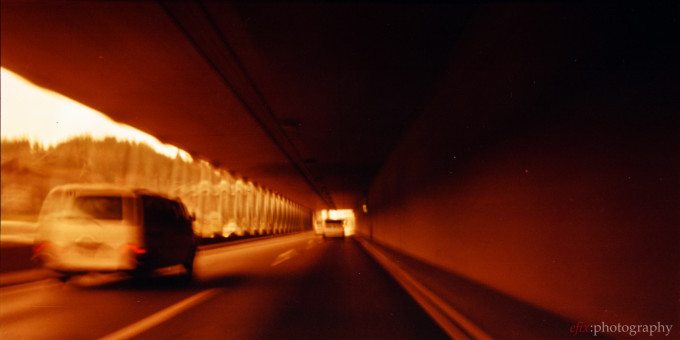
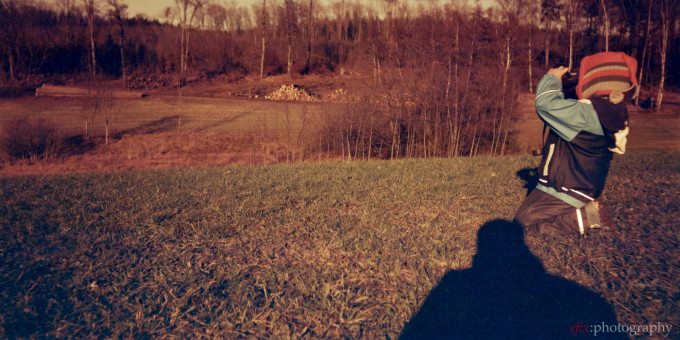
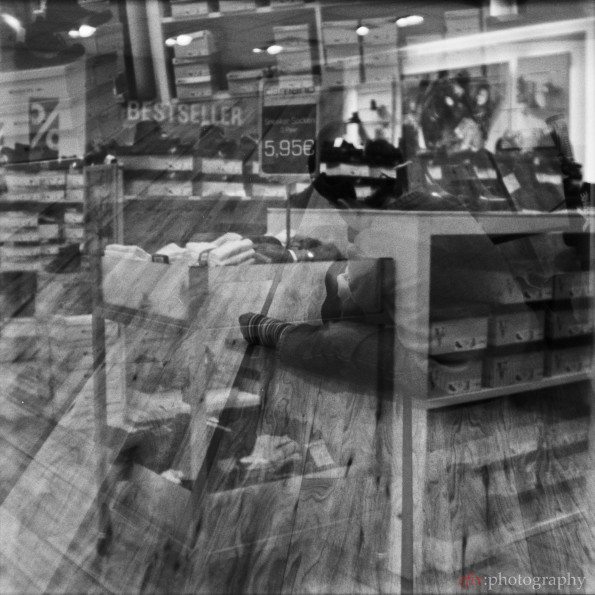
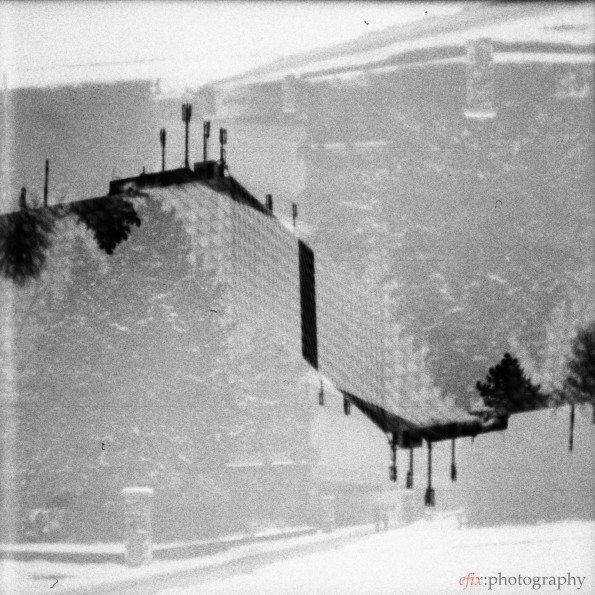
Please Support The Phoblographer
We love to bring you guys the latest and greatest news and gear related stuff. However, we can’t keep doing that unless we have your continued support. If you would like to purchase any of the items mentioned, please do so by clicking our links first and then purchasing the items as we then get a small portion of the sale to help run the website.


